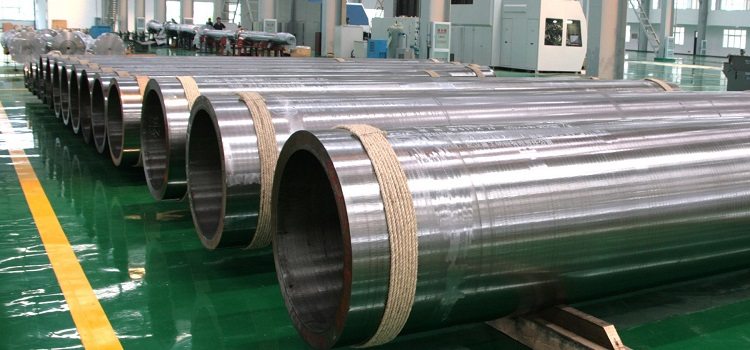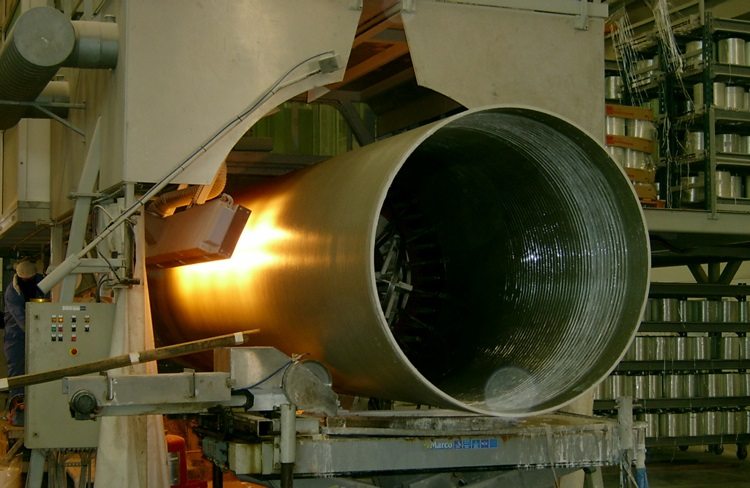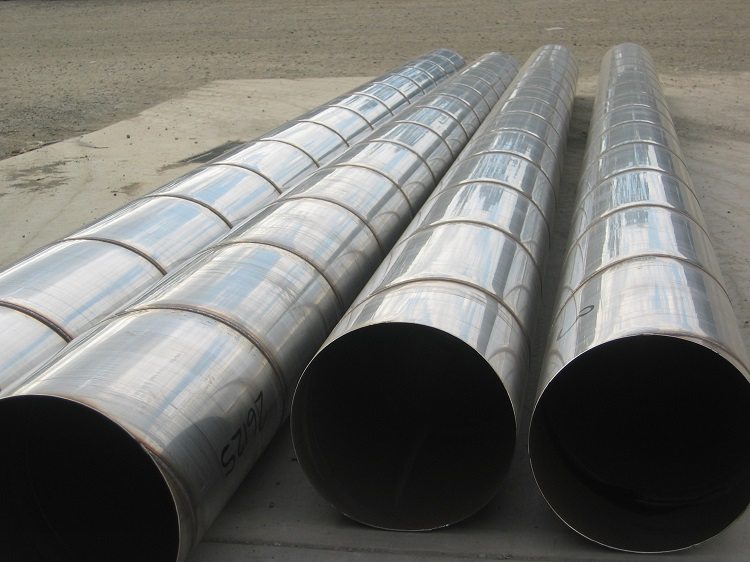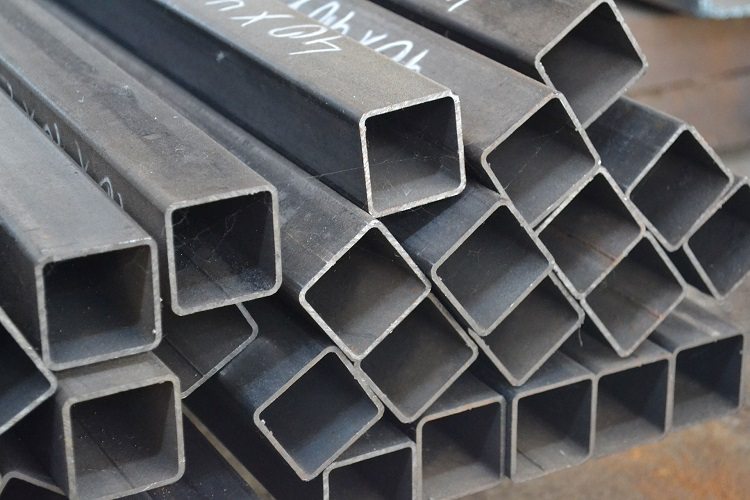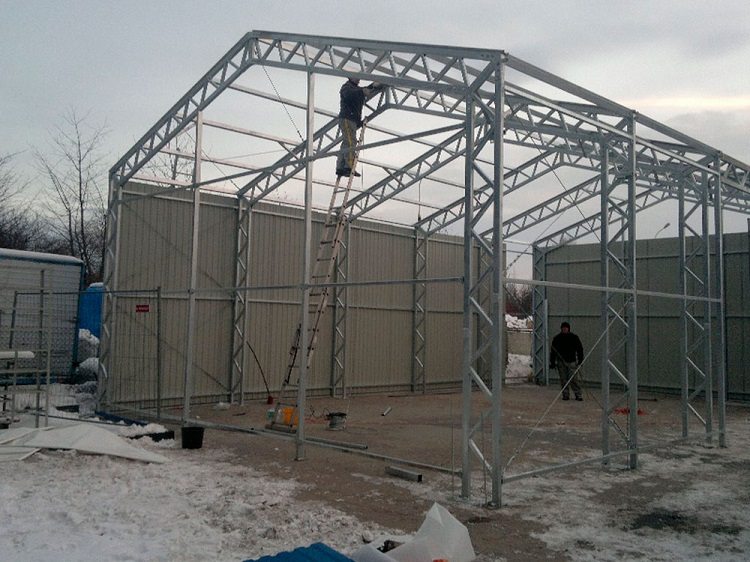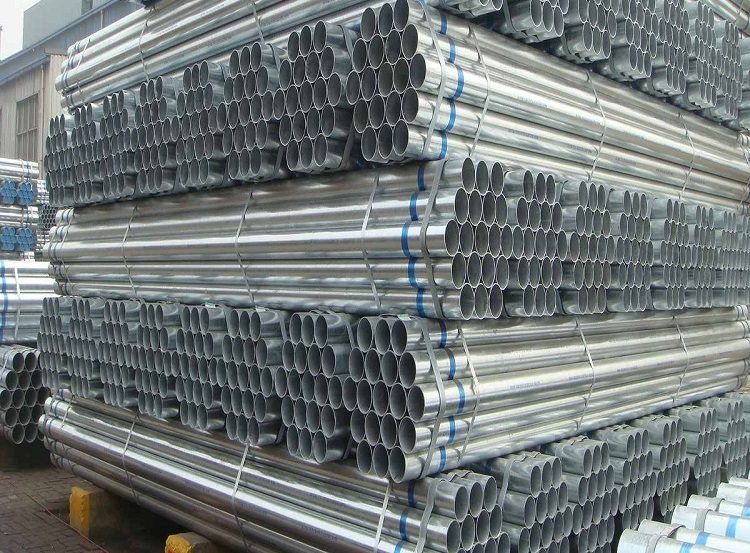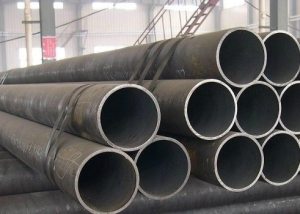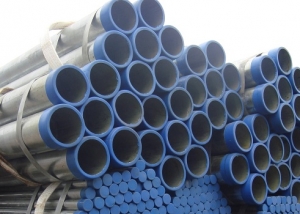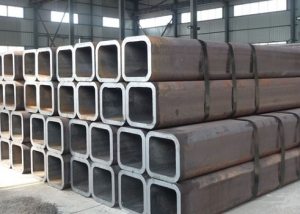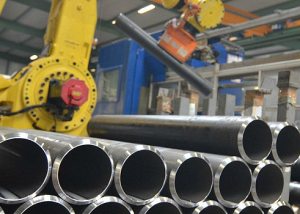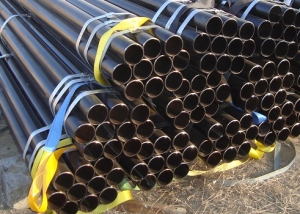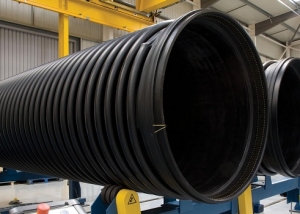Stainless pipe is a highly aesthetic and high-tech product whose properties can be confirmed by an appropriate certificate. The product is used in many areas of industry, and its value lies in hygiene, reliability and durability. A pipe made of high-quality stainless steel can have various sections. Often, such products act as decorative elements of various designs, as a railing.
Content
Certificate of Conformity and its importance
The certificate of conformity (for pipelines) is a special document that confirms that the production of a round or profile pipe made of stainless steel is made taking into account all the requirements of GOSTs, technical conditions, and other regulatory documents. In this case, the finished product must fully meet the properties and characteristics declared in such standards.
The certificate is issued by any accredited bodies. Its receipt can be both mandatory and voluntary. There is a list of products for which this document should always be issued.
Note! A certificate for a stainless steel pipe (for railings, water pipes, furniture, etc.) is not required.
Only polyethylene pipe products of pressure type and for gas pipelines are subject to mandatory certification. It is important to first agree with the contractor the layout of the document. It is also possible to register components or spare parts for the certified product in it, if they are produced by one manufacturer. This will help save money.
Pipe Production Basics
The stainless steel from which the pipes are made can be of several grades, for example, AISI 201, 430, 304 and others. Production of products occurs in different ways and depends on the scope of the subject in the future. Distinguish seamless stainless pipes and electrowelded varieties.
The production of seamless patterns is regulated by the standards 9941 and 9940 of 1981 for cold-rolled and hot-rolled products, respectively, they can have a certificate of conformity. To create using the method of pressing or casting. In both cases, the output is a given steel billet worn on a mandrel (rod).
Hot-deformed tube is produced on rollers, which are pressed from the stainless steel blank, crimped according to the necessary parameters, and then stretched. Next, the product is calibrated in a hot state. The resulting stainless pipes have sections from 5.7 to 32.5 centimeters with a wall from 0.35 to 3.2 millimeters.
The range of cold-deformed products is wider. In this case, the seamless stainless tube is not calibrated in a red-hot form to obtain the following parameters: cross sections from 0.5 to 27.3 cm; wall - from 0.02 to 2.2 cm.
Formed cold-rolled products must be warmed up with subsequent cooling in order to eliminate the occurrence of internal stresses.
Electric pipe production
The production of stainless products of electric-welded type is carried out according to the following scheme:
- a flat billet is formed into a pipe;
- the product is being welded;
- the resulting seam must be cleaned, and the resulting design is tested for strength;
- the tube is calibrated, cut and a finished stainless model is obtained.
Today, welding can be performed using laser, plasma technology, beams of directed electrons in vacuum or induction currents. In any case, the finished product has sections from 0.8 to 10.2 cm and a wall of 0.08-0.4 cm.
Note! The range of electric-welded steel products stipulates GOST 11068.
Among structures of this type, a stainless matte, mirror or polished pipe is found. In addition, its sectional shape may be different - round, rectangular, square. Products may be certified.
Steel pipe classification
Different classification features help classify stainless pipes. So, in the form of a section, the stainless steel structure is round and profile.
According to the manufacturing method, in addition to welded and seamless, hot-rolled, heat-deformed, cold-drawn steel models are distinguished. The type of surface divides the products into matte and mirror. The latter option is widely used to install railings. In addition, the tube differs in which stainless steel is used in the production. The table shows the density and designation of some brands.
Table 1
| Type of steel or its name | Density, kg / m3 | Brand or designation |
| Stainless structural cryogenic | 7900 | 12X18H10T |
| Stainless Corrosion Resistant Heat Resistant | 7900 | 08X18H10T |
| Low alloy structural | 7850 | 09G2S |
| Structural carbon quality | 7850 | 40, 30, 20, 10 |
| Structural carbon | 7870 | St3ps, St3sp |
| Tool stamp | 7700 | X12MF |
| Structural spring-spring | 7850 | 65g |
| Tool stamp | 7800 | 5XHM |
| Structural Alloy | 7850 | 30HGSA |
Steel grade specifications
The steel grade used for pipe production plays a paramount role in shaping the quality of the finished product. The main characteristics are given in the table.
table 2
| Brand pipe | Characteristic |
| AISI 304 | One of the most popular, has good qualities in corrosion resistance. Widely applicable in the chemical, food industry, medicine. |
| AISI 316 | Unlike AISI 304, molybdenum is added. Thanks to this, acid and corrosion resistance are improved. |
| AISI 430 | Nickel free, which reduces the cost of the pipe. When choosing a product, it is important to pay attention to operating conditions. |
| AISI 321 | Differs from AISI 304 in titanium alloying. It is able not to lose properties in the range of -290 - +900 degrees. Widely used in the chemical industry. |
| AISI 201 | It contains chromium, as in AISI 304, the nickel concentration is reduced due to alloying with manganese and nitrogen, which allowed to reduce the cost by 50%. |
Steel Profile Pipes
Corrosion-proof pipe of profile section - square, oval, rectangular - is very popular in creating all kinds of designs (for example, railings, frames). Its manufacture is carried out by methods of hot, cold deformation, welding or reduction.
Note! The profile pipe is made from special grades of steel, which allow to operate different designs in conditions of high humidity, some aggressive environments and in the open air.
Products may have a certificate of compliance with regulatory requirements. A steel profile pipe has the following types of surfaces:
- matte rough;
- matte smooth;
- polished with small or medium risks;
- mirror (polished).
To obtain a polished surface with middle lines, the profile structure was subjected to finishing with an abrasive tape having a grain size of 320, with small risks - 400. A stainless mirror tube is treated with a fabric polishing tape. The cost of such products is much higher.
Profile pipe: advantages and qualities
Steel profile pipe contributes to a significant reduction in the load on the structure (foundation). It has a high strength indicator with low weight and easier to install than other building or decorative products.
The properties of the pipes are preserved at temperature extremes, and good torsion and flexibility allow them to be used for railings and fences. A wide assortment, high aesthetics, environmental safety, corrosion resistance, fire resistance - all these are indisputable advantages of this type of metal rolling.
The profile pipe is able to withstand a significant load, since it is distributed on the walls (along the edges). The product can be easily cleaned of dirt. In terms of bending strength, a profile pipe is superior to a round one having the same mass (specific) per meter.
A pipe (stainless steel) is used to create pavilions, bus stops, frame structures, railings, stairs, gates, window blocks, commercial equipment, street advertising stands, etc.
Assortment of circular products
The main ways in which a round stainless seamless pipe can be produced are cold drawn and hot deformed technologies. The overall dimensions of the structures largely depend on their choice. The variety of stainless pipes of circular cross sections includes the following varieties:
- cold-deformed with a wall up to 0.2 mm;
- hot-deformed with a wall from 0.12 mm;
- with product diameters from 4 to 6 mm, the length of seamless thin-walled pipes reaches 0.5-3 m; from 6 to 25 mm - 0.5-5 m; from 25 mm - 0.5-4 m.
The corresponding product certificate, high strength properties, operational characteristics (resistance to chemicals, elevated temperatures) determine the breadth of application of products. Variants of decorative pipes made of stainless steel, designs for furniture, railings, etc. are possible.
Note! Thick-walled pipes are usually produced using hot rolled technology.
Their use and need are dictated by the maximum strength need, for example, pipelines of chemical plants, high-pressure gas lines. Product quality can also be confirmed by a stainless pipe certificate. The existing assortment distinguishes structures with a diameter of 57-325 mm, a wall of 3.5-32 mm, a length of 3-8.5 meters.
Corrosion-proof pipes for a handrail
Corrosion-proof pipes are widely used in the design of handrails. This solution is classic, most convenient and suitable for almost any object. Usually, elements having a standard length are used for this, for example, meter racks with a section of 38 mm; handrails, spans - 3 or 4 m in diameter of 50 mm.
The implementation of the stainless steel railing for descents or stairs has several advantages:
- functionality, durability;
- simple installation;
- aesthetics;
- durability;
- easy care, practicality.
The stainless steel fences included in the building structure are able to successfully perform several important functions: protect the object, safely and comfortably move along the stairs or the bridge, and decorate the interior of the building. The last of the functions is successfully implemented by combining stainless handrails with other materials (glass, wood, plastic, stone).
The standard railing includes a handrail, uprights and crossbars. Handrails, being the main element, give the structure stability. Racks are important fasteners. Crossbars - strings from stainless steel with a cross section of 1.6 cm - increase the rigidity and safety of fences, are located under the handrail.
Stainless pipe is a sturdy product with high temperature and corrosion resistance. It can be the basis of many building structures, and is also effective in operation.
